Omniscient Third Person Worksheets
Omniscient third-person worksheets serve as a valuable resource for writers who are interested in mastering the art of storytelling from an all-knowing perspective. By delving into the depths of this narrative style, aspiring authors can broaden their understanding of character development, plot structure, and overall storytelling techniques. This blog post aims to provide an insightful overview of omniscient third-person worksheets and how they can enhance the writing journey for those who desire to craft compelling and multi-dimensional stories.
Table of Images 👆
More Other Worksheets
Kindergarten Worksheet My RoomSpanish Verb Worksheets
Cooking Vocabulary Worksheet
DNA Code Worksheet
Meiosis Worksheet Answer Key
Art Handouts and Worksheets
7 Elements of Art Worksheets
All Amendment Worksheet
Symmetry Art Worksheets
Daily Meal Planning Worksheet
What is an omniscient third person point of view?
An omniscient third person point of view is a narrative perspective where the narrator knows and shares the thoughts, feelings, and perspectives of multiple characters within the story. This narrative voice has the ability to delve into the minds of characters, providing insight into their innermost thoughts and motivations, while also offering a broader scope of the story beyond the limited perspective of a single character.
How does an omniscient narrator differ from a limited narrator?
An omniscient narrator is a narrator who knows all the thoughts and feelings of all the characters in a story, as well as all of the events and outcomes. This type of narrator can provide insights and information that the characters themselves may not be aware of, offering a broader perspective. On the other hand, a limited narrator is restricted to the knowledge and experiences of a single character or a few characters, leading to a more subjective and limited viewpoint. This can create a sense of mystery or suspense as readers only see the story unfold through the eyes of the character(s) being focused on.
What are some advantages of using an omniscient narrator?
Some advantages of using an omniscient narrator include the ability to provide a broader perspective by revealing multiple characters' thoughts and feelings, offer insights into events happening simultaneously in different locations, create a more objective storytelling approach, enable the narrator to share background information or historical context with the reader, and maintain a more universal or timeless quality to the narrative by transcending the limitations of individual character viewpoints.
How does an omniscient narrator allow readers to access multiple characters' thoughts and emotions?
An omniscient narrator, who possesses unlimited knowledge and insight into all characters' thoughts and emotions, enables readers to gain a comprehensive understanding of the story from various perspectives. By delving into the inner workings of multiple characters, the narrator can provide a more thorough exploration of their motivations, feelings, and experiences, allowing readers to connect with and empathize with a diverse range of characters in the narrative. This facilitates a deeper engagement with the story and a broader insight into the complex interplay of characters' thoughts and emotions throughout the plot.
Can an omniscient narrator provide information beyond what the characters know?
Yes, an omniscient narrator can provide information beyond what the characters know. This type of narrator has unlimited knowledge and perspective, allowing them to share insights, thoughts, and events that go beyond the understanding of the characters in the story. By possessing such comprehensive knowledge, the omniscient narrator can provide a broader view of the narrative and offer readers a deeper understanding of the story.
What impact does the use of an omniscient narrator have on the overall storytelling?
The use of an omniscient narrator allows for a broader scope of information and insights into the characters, events, and themes of a story. This narrative perspective can provide a deeper understanding of the story's world and characters, as well as create a sense of authority and control over the storytelling. It allows for seamless transitions between different perspectives and the ability to delve into characters' thoughts and emotions, leading to a more comprehensive and layered storytelling experience.
How does an omniscient third person point of view enhance a reader's understanding of the plot and conflicts?
An omniscient third person point of view enhances a reader's understanding of the plot and conflicts by providing insight into the thoughts, feelings, and motivations of multiple characters. This perspective allows the reader to gain a comprehensive view of the story's events, understanding different characters' perspectives and how their actions contribute to the overall conflicts and resolutions. By offering a broader scope of information, an omniscient narrator can help readers grasp the complexities of the plot and the dynamics of the conflicts, leading to a richer and deeper understanding of the story.
In what ways can an omniscient narrator influence the reader's perception of different characters?
An omniscient narrator can influence the reader's perception of different characters by providing insight into their thoughts, feelings, and motivations. By offering a deep understanding of each character's inner world, the omniscient narrator can reveal hidden complexities, contradictions, and vulnerabilities that may not be immediately apparent through the characters' actions and dialogue. This can lead the reader to develop a more nuanced and empathetic understanding of the characters, challenging initial assumptions and creating a deeper engagement with the narrative.
Are there any challenges that come with writing from an omniscient point of view?
Yes, there are challenges that come with writing from an omniscient point of view. One major challenge is maintaining a balance between revealing too much information, which can lessen the suspense and surprise for readers, and not providing enough detail to fully develop characters and plot. Another challenge is ensuring a seamless transition between different character perspectives and time periods while still maintaining a coherent narrative. It can also be difficult to create a strong emotional connection between readers and characters when the narrator knows everything, as readers may feel disconnected from the characters' experiences and emotions.
How can writers effectively utilize an omniscient third person point of view in their storytelling?
Writers can effectively utilize an omniscient third person point of view by seamlessly slipping into the minds of multiple characters to showcase their thoughts, feelings, and perspectives, while maintaining an objective and distant narration that provides a comprehensive view of the story's events. They should strive to maintain a consistent narrative voice, establish clear transitions between different character viewpoints, and avoid head-hopping to prevent confusing the reader. It's crucial to strike a balance between revealing characters' inner worlds and advancing the plot without overwhelming the reader with excessive information. Ultimately, mastering this narrative technique allows writers to offer a broader scope and deeper insights into their story and characters.
Have something to share?
Who is Worksheeto?
At Worksheeto, we are committed to delivering an extensive and varied portfolio of superior quality worksheets, designed to address the educational demands of students, educators, and parents.

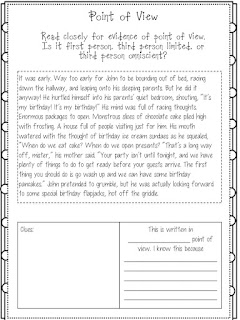



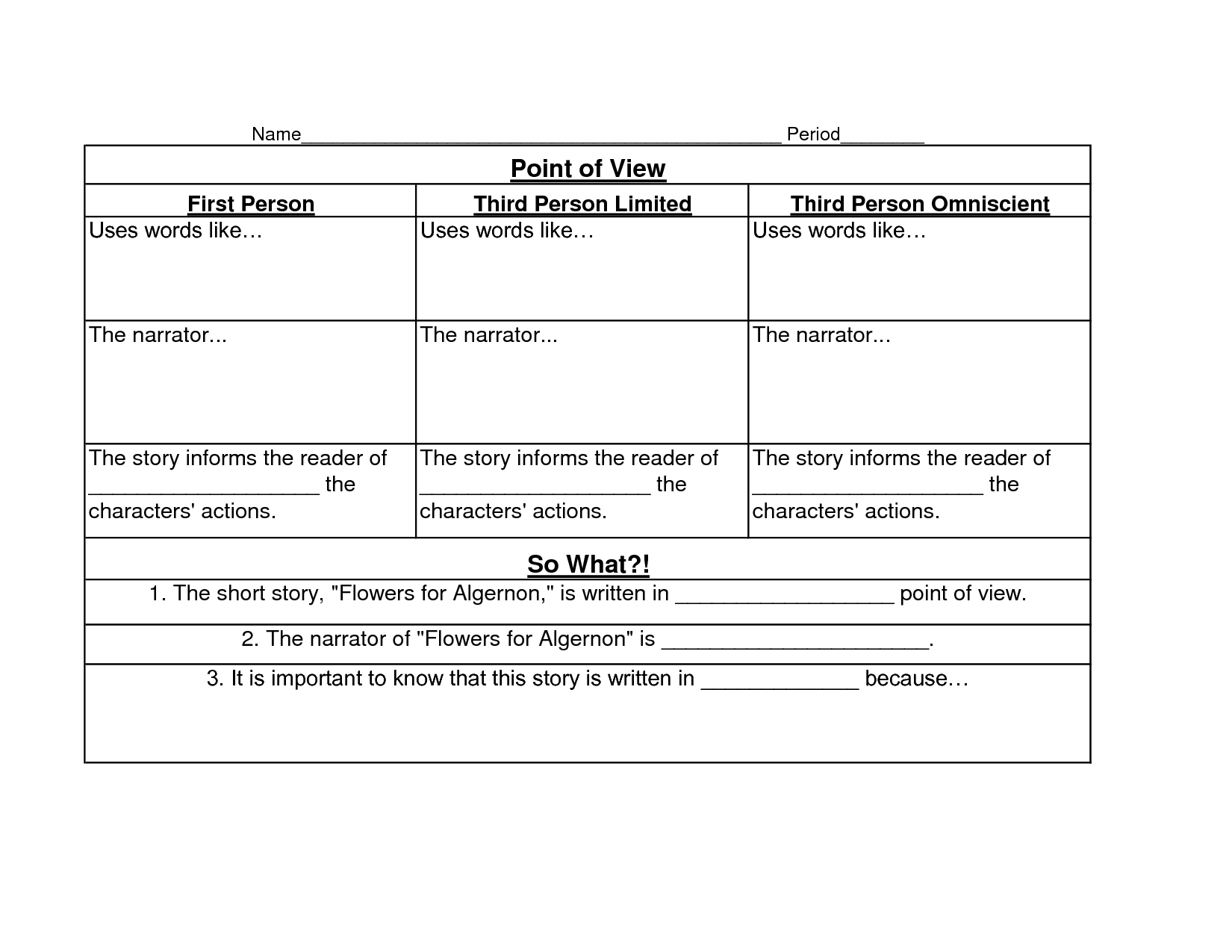
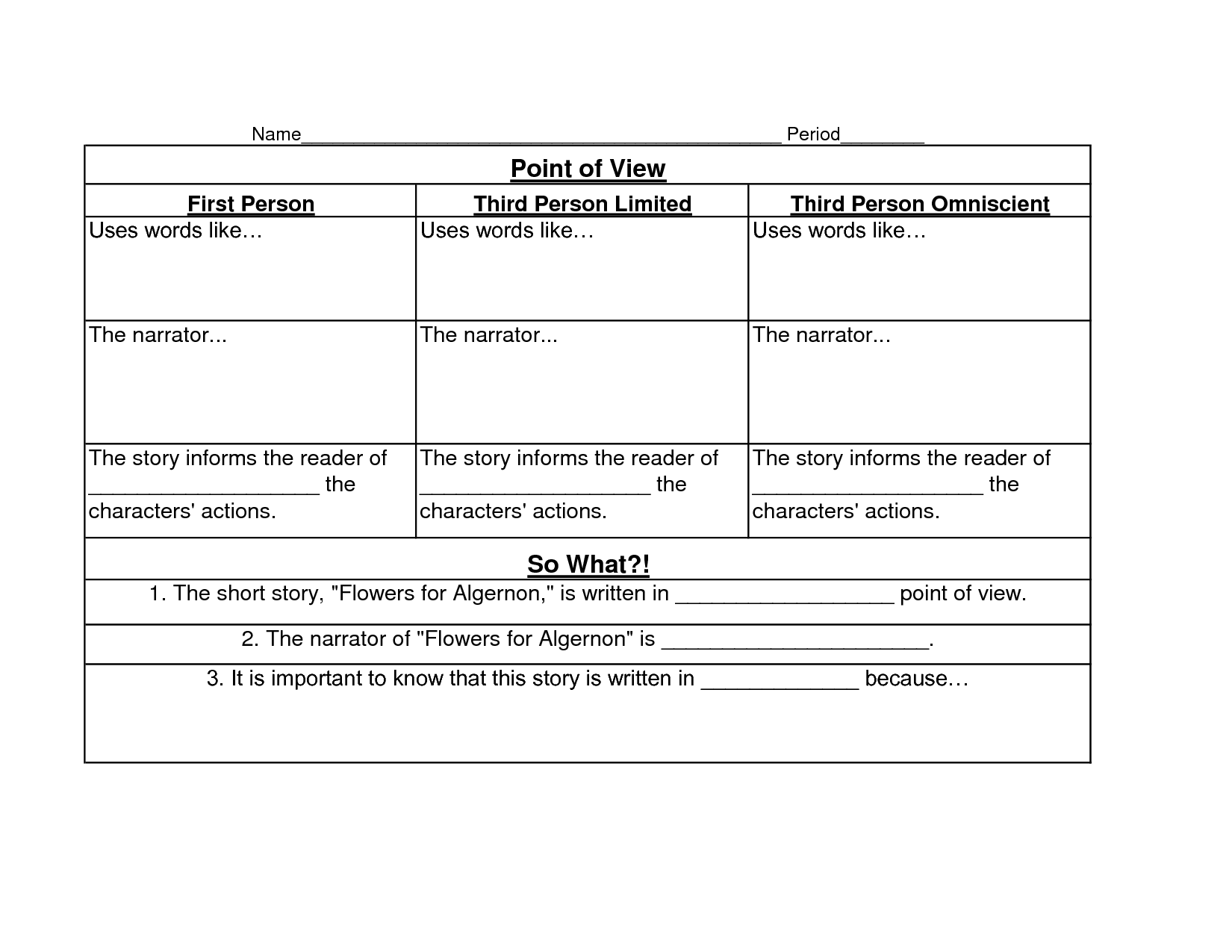
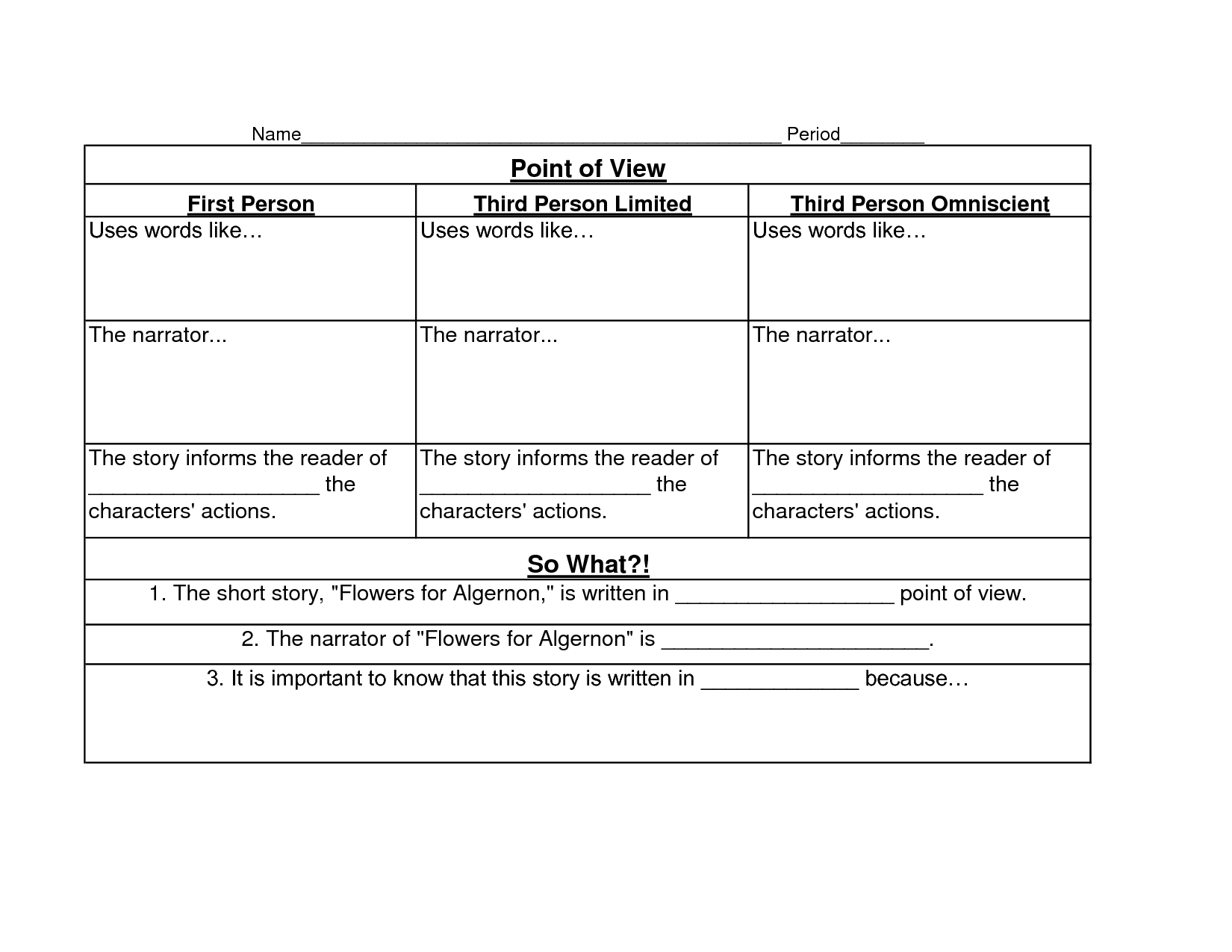
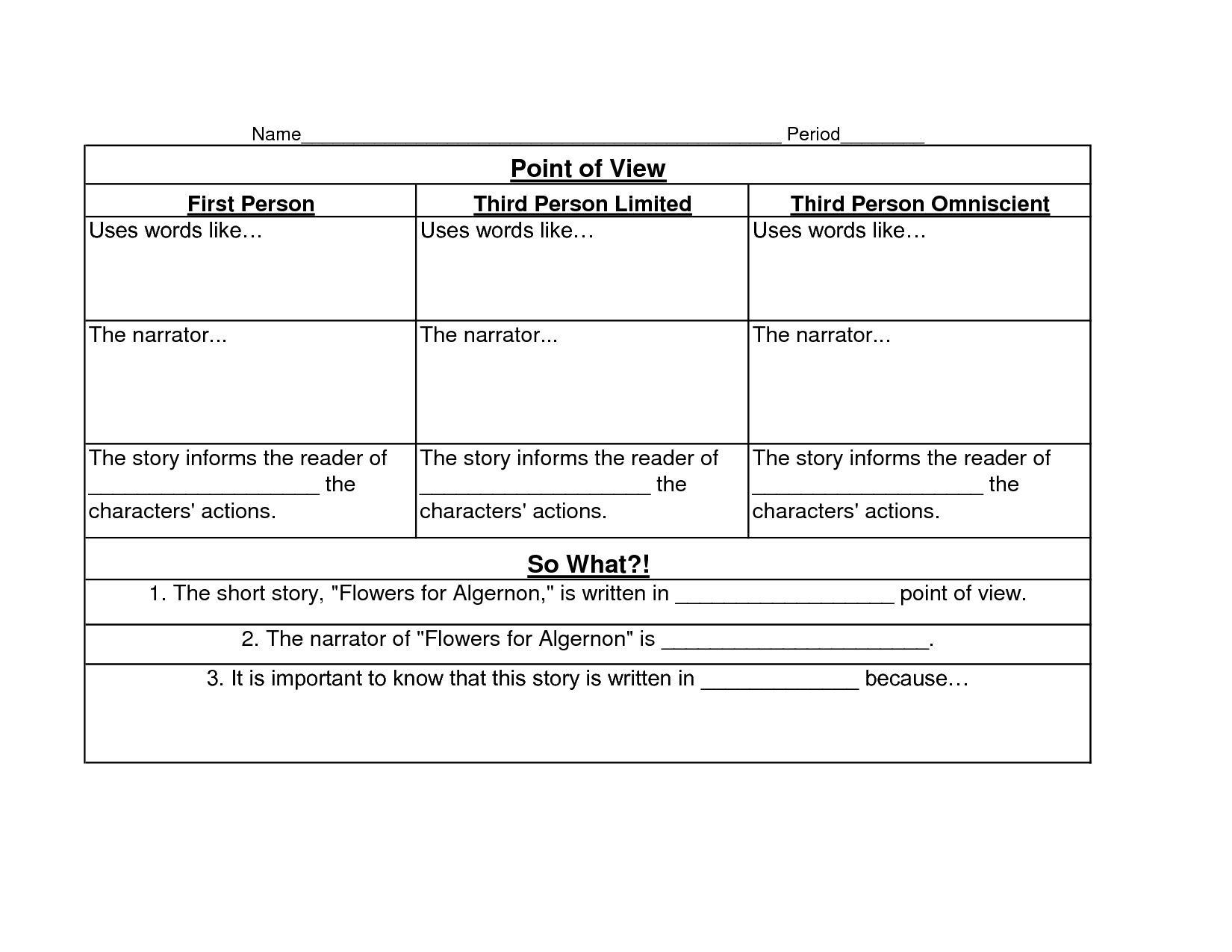
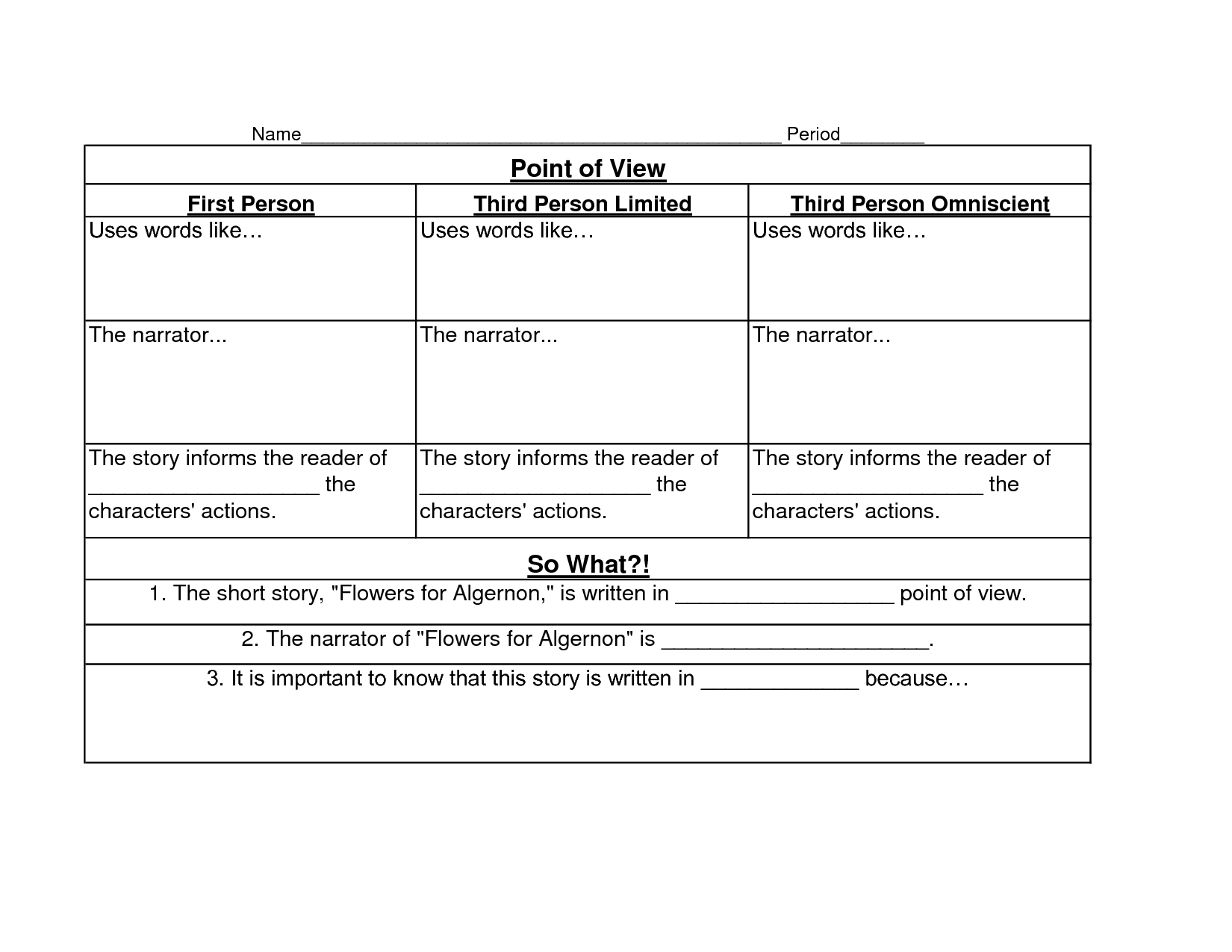
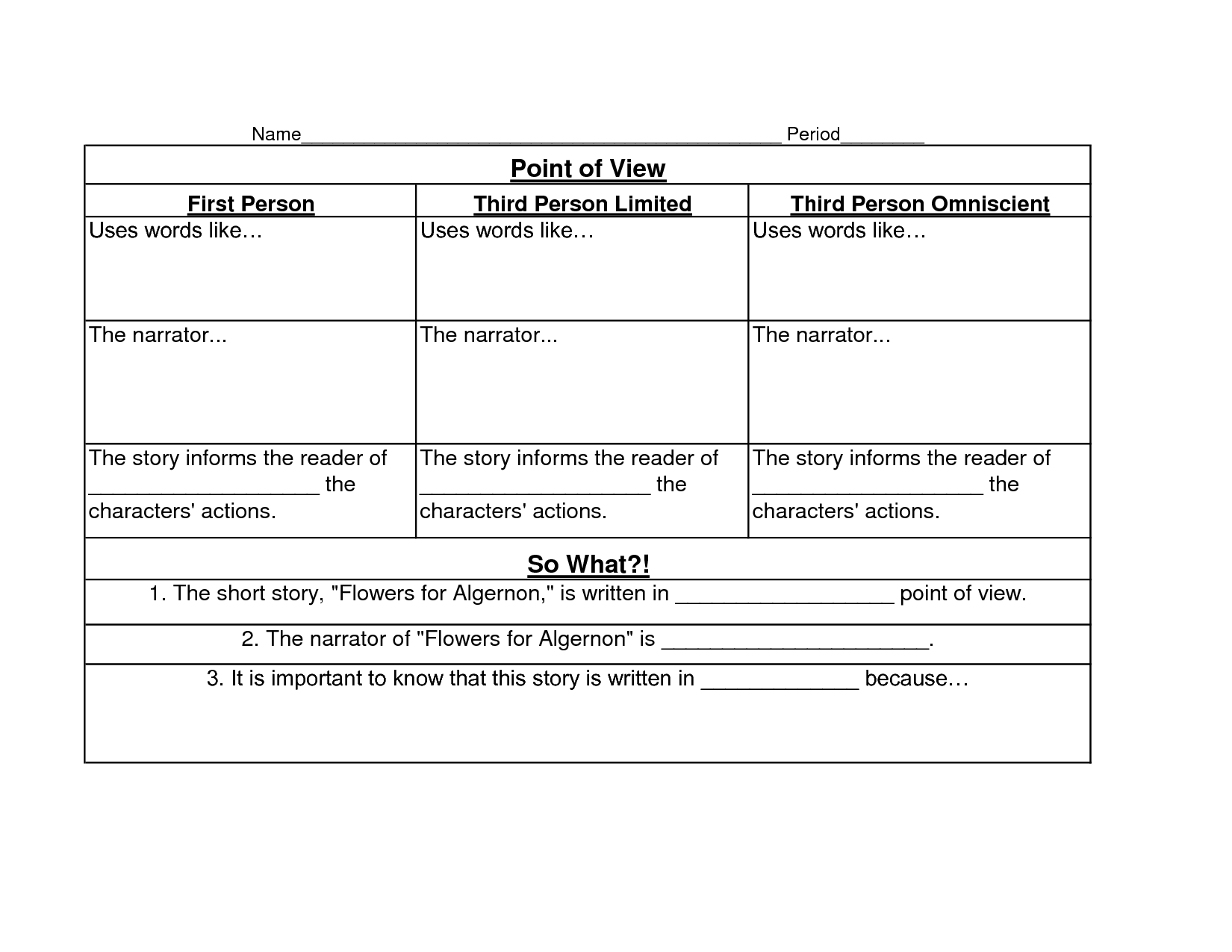
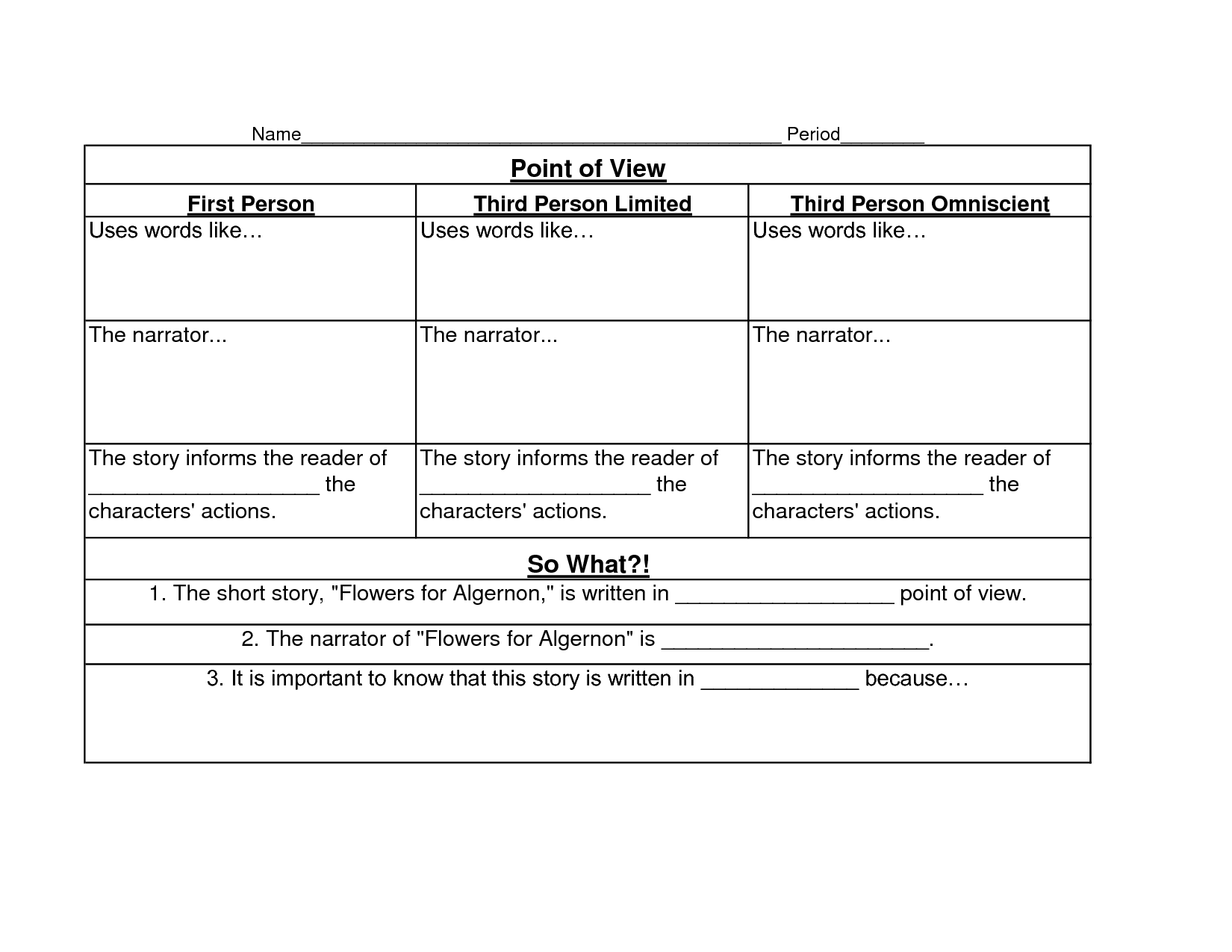
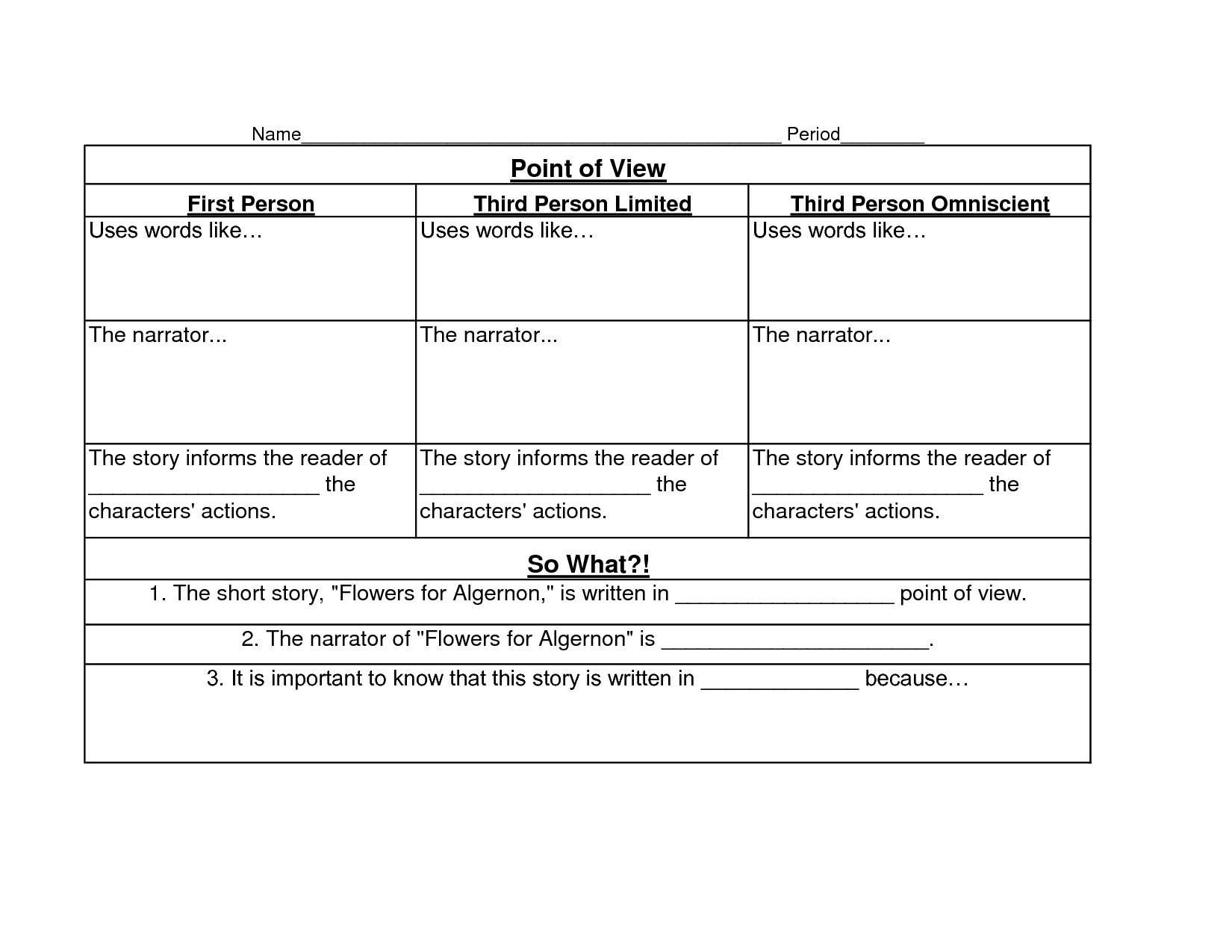
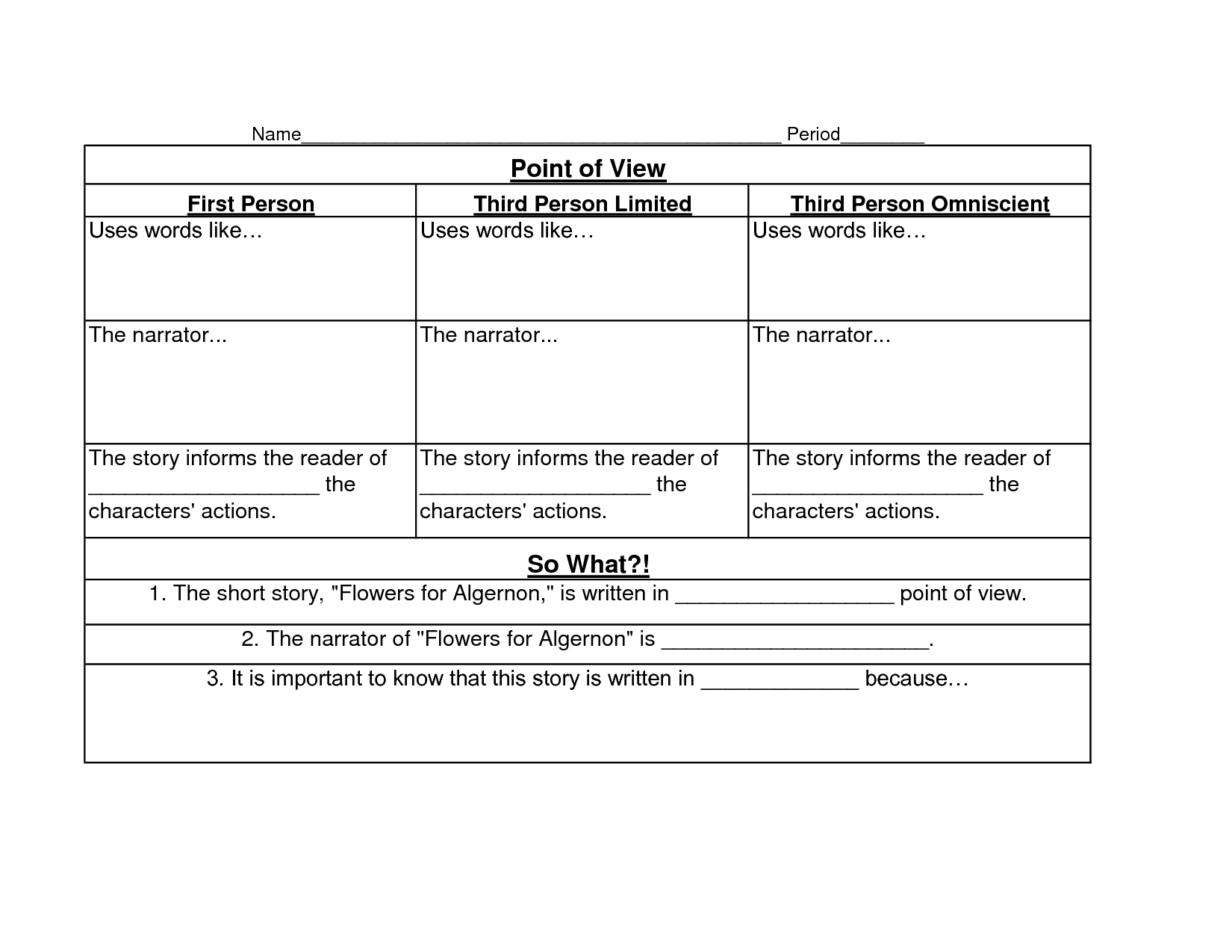

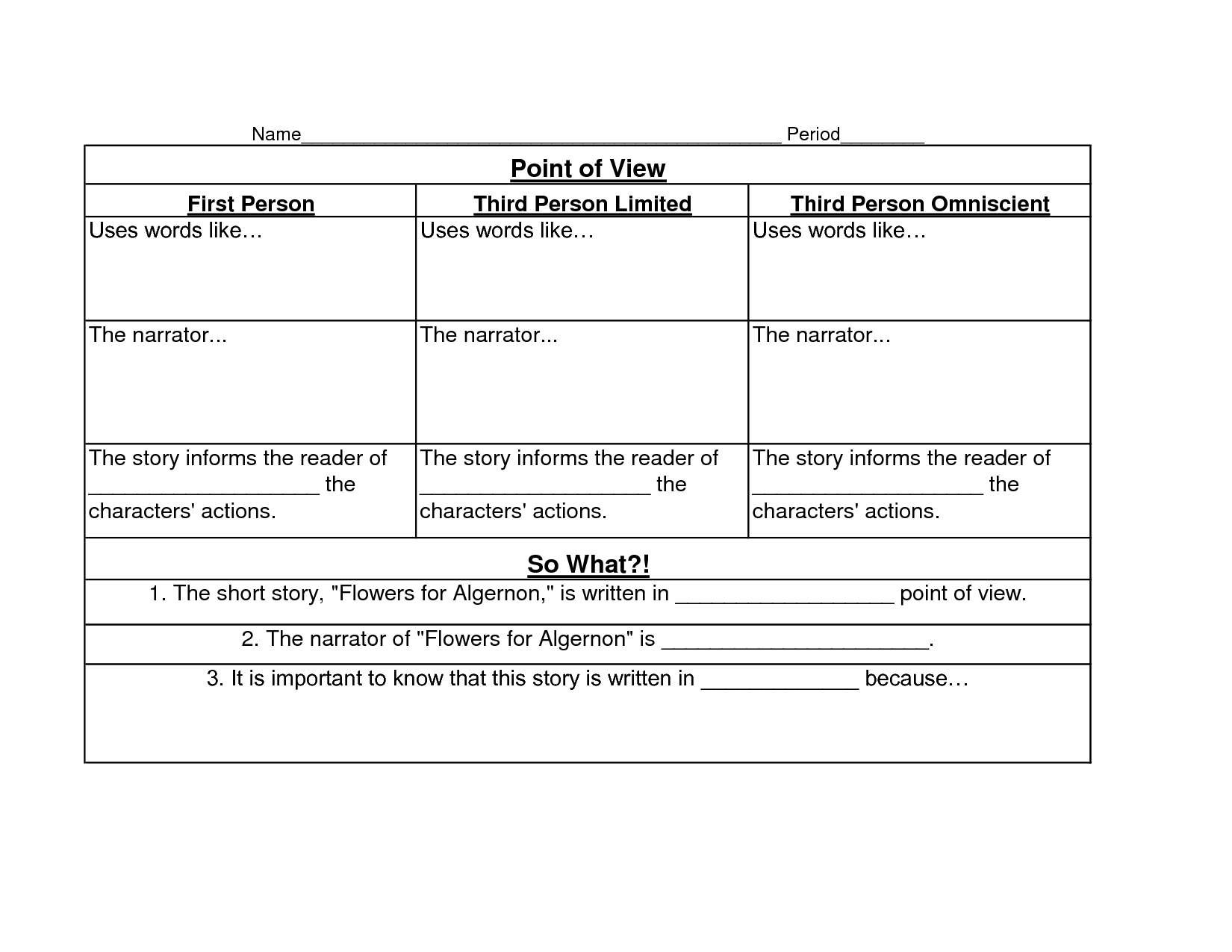
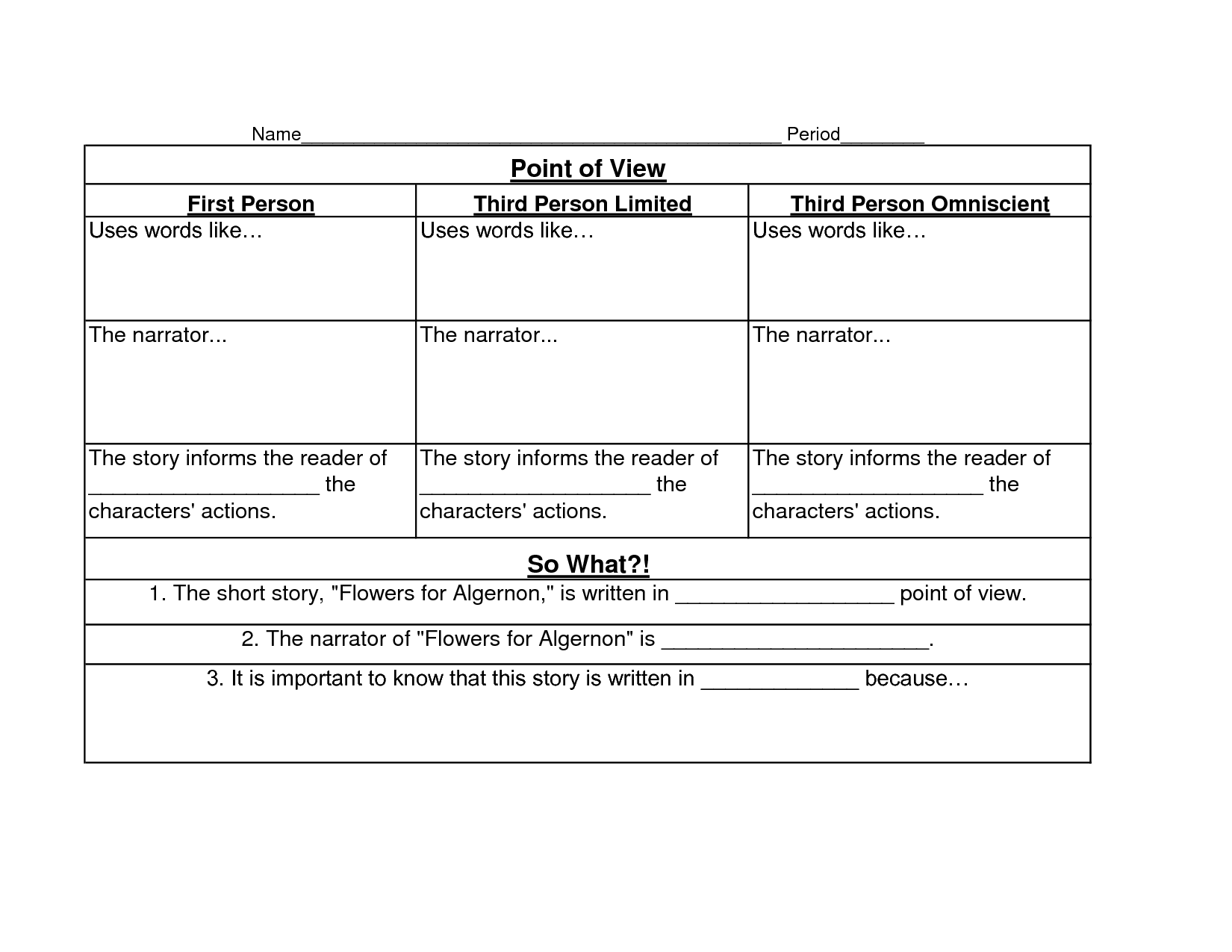
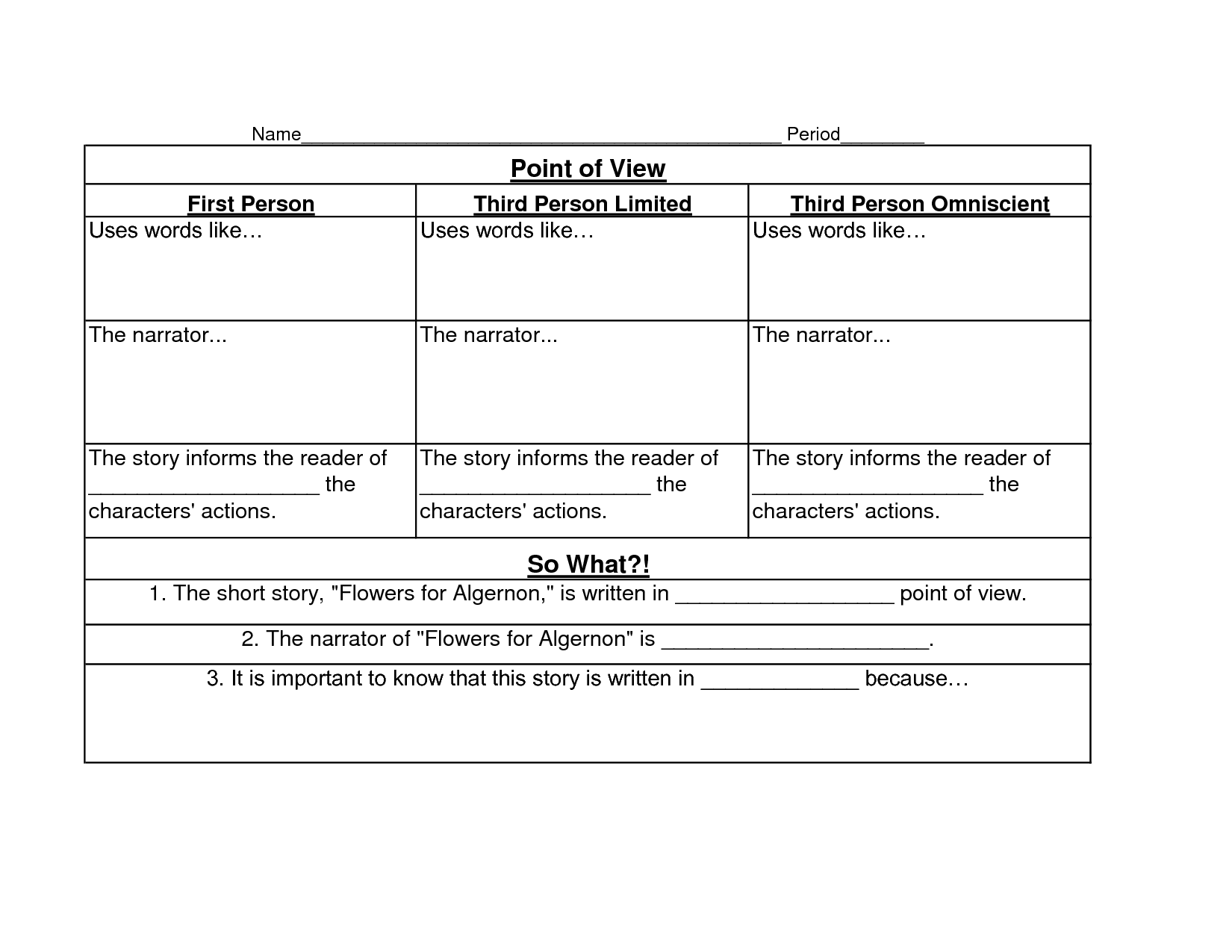
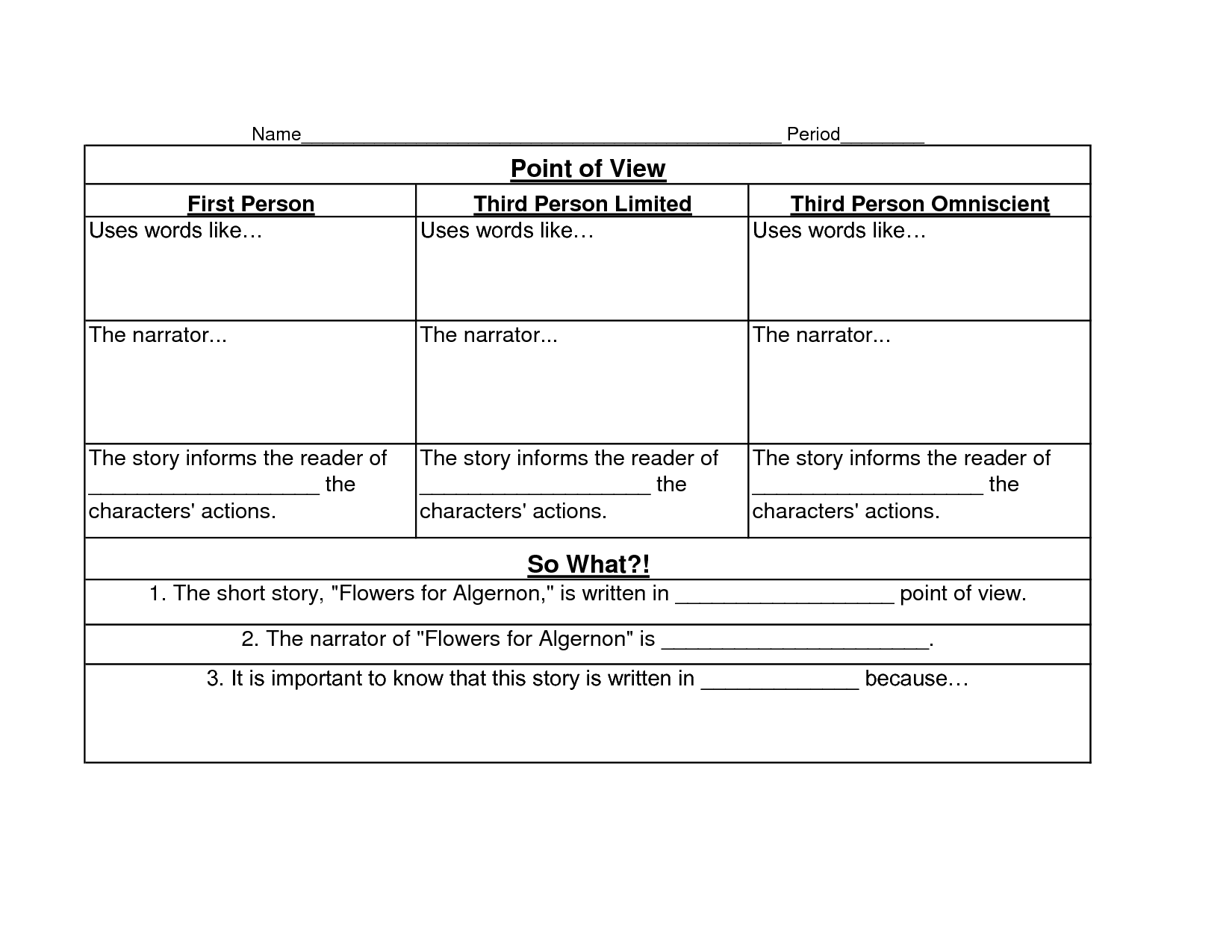
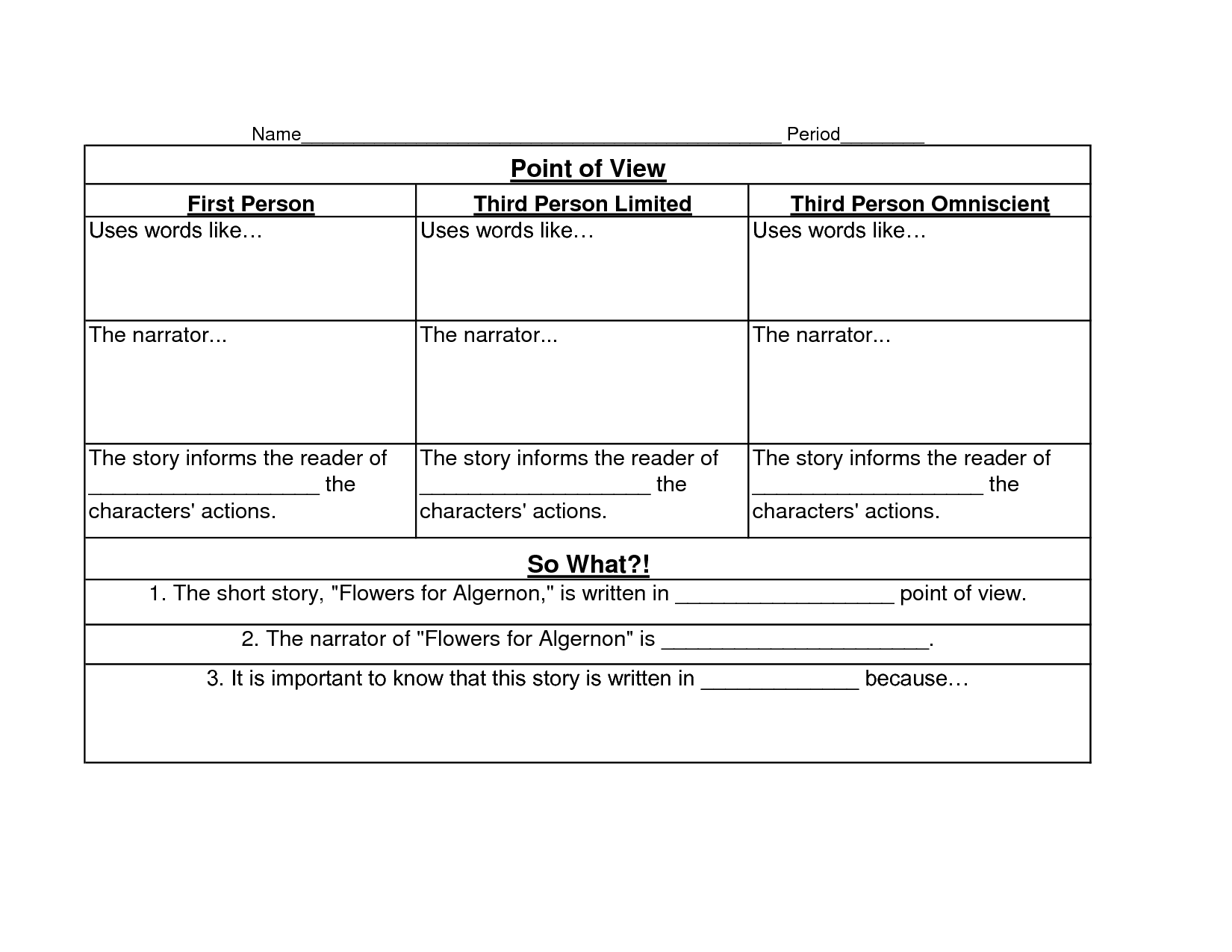
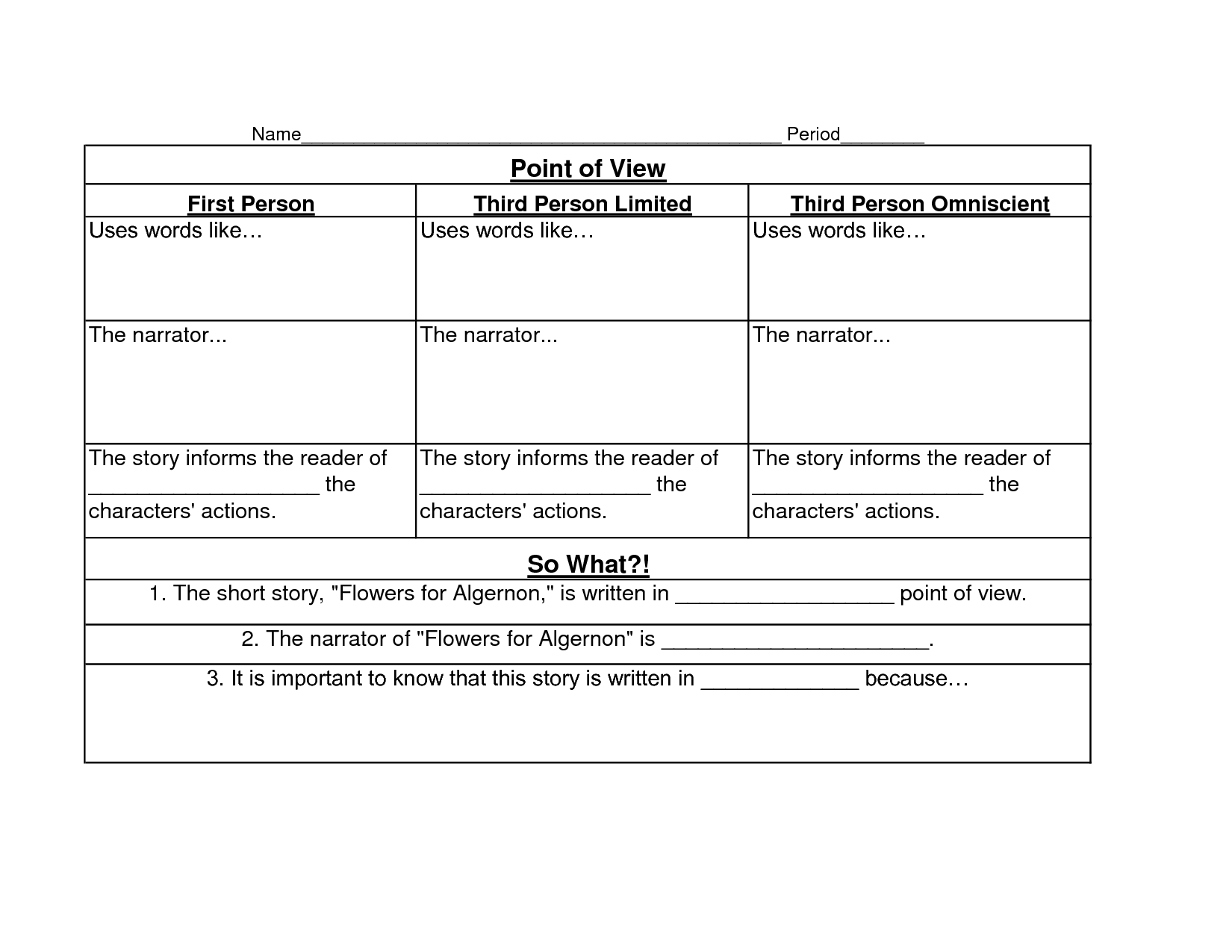
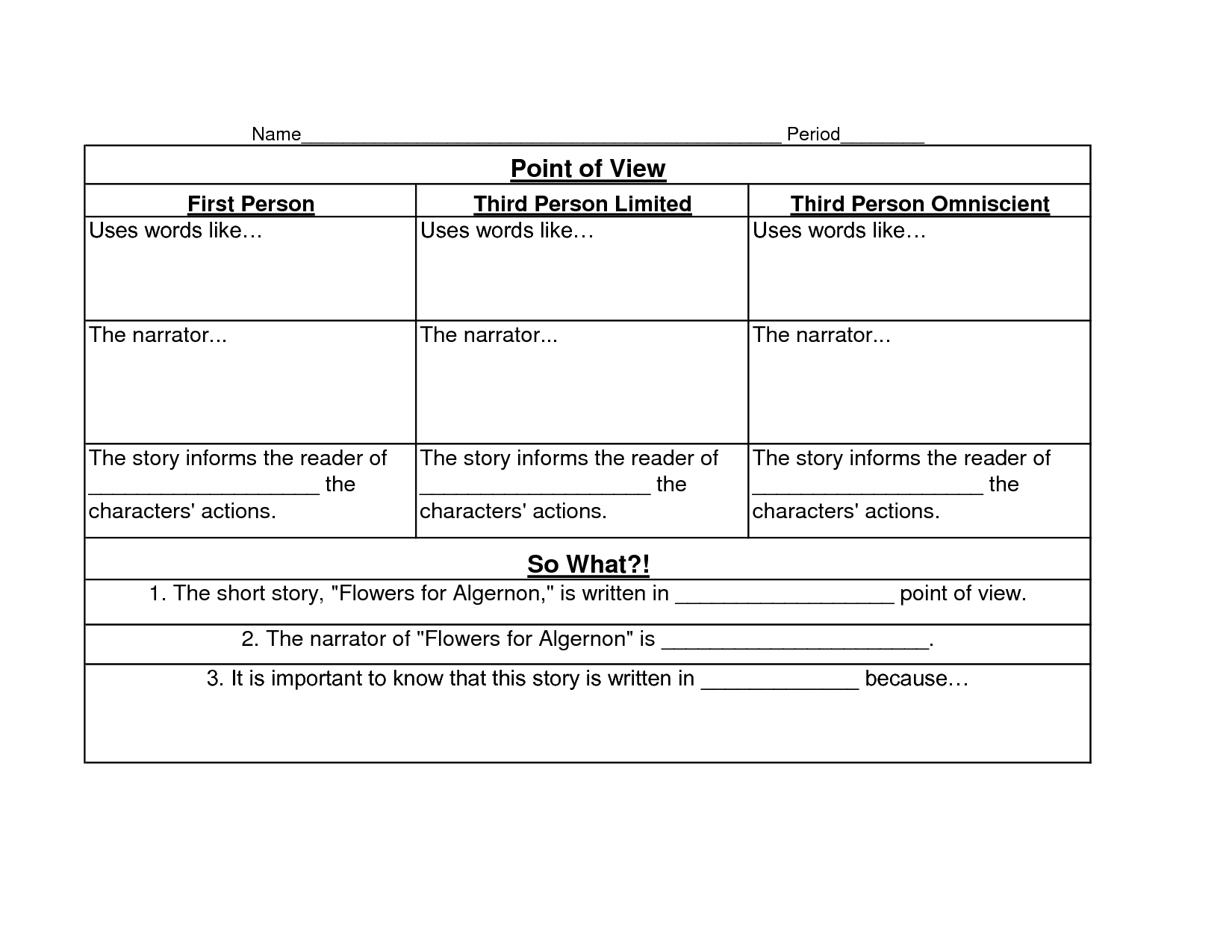
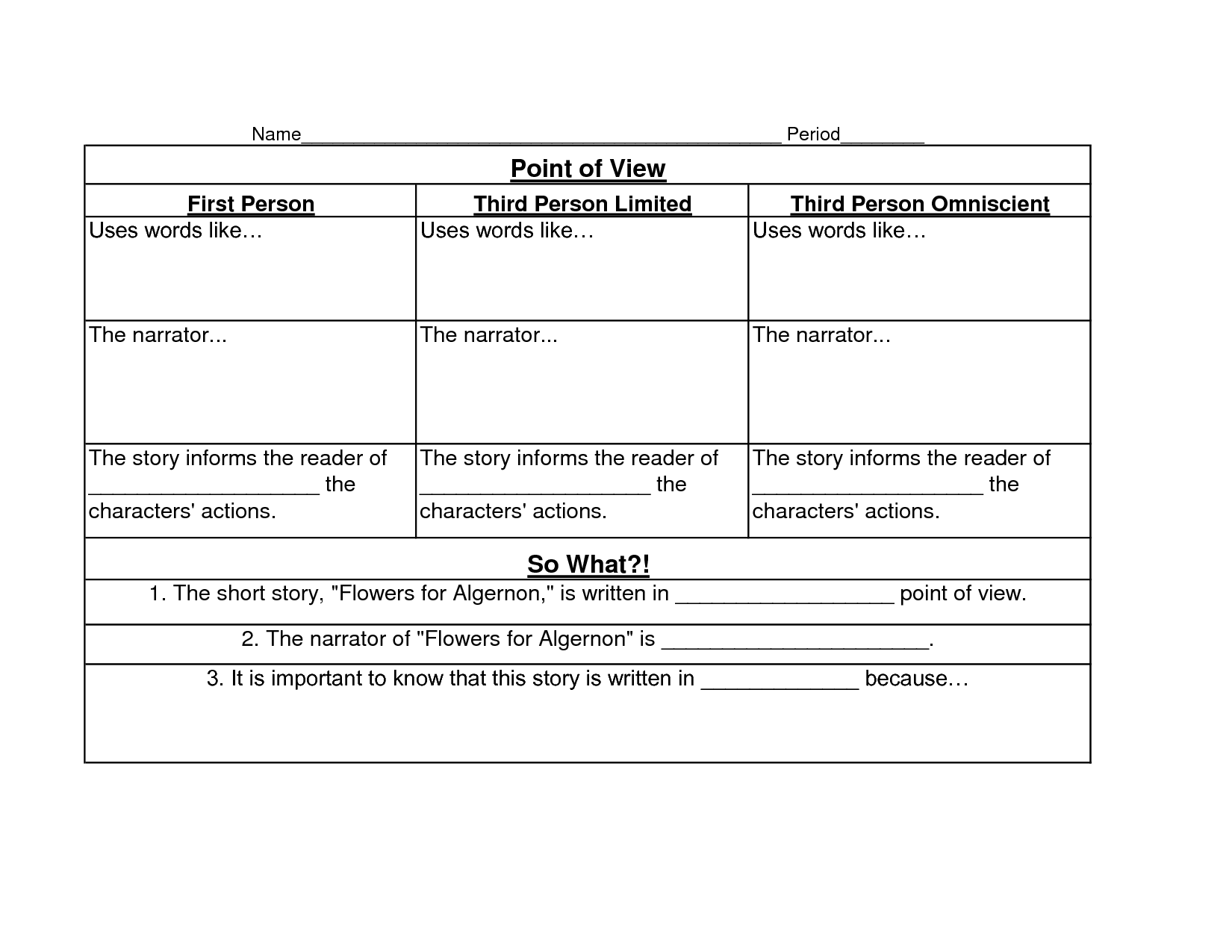
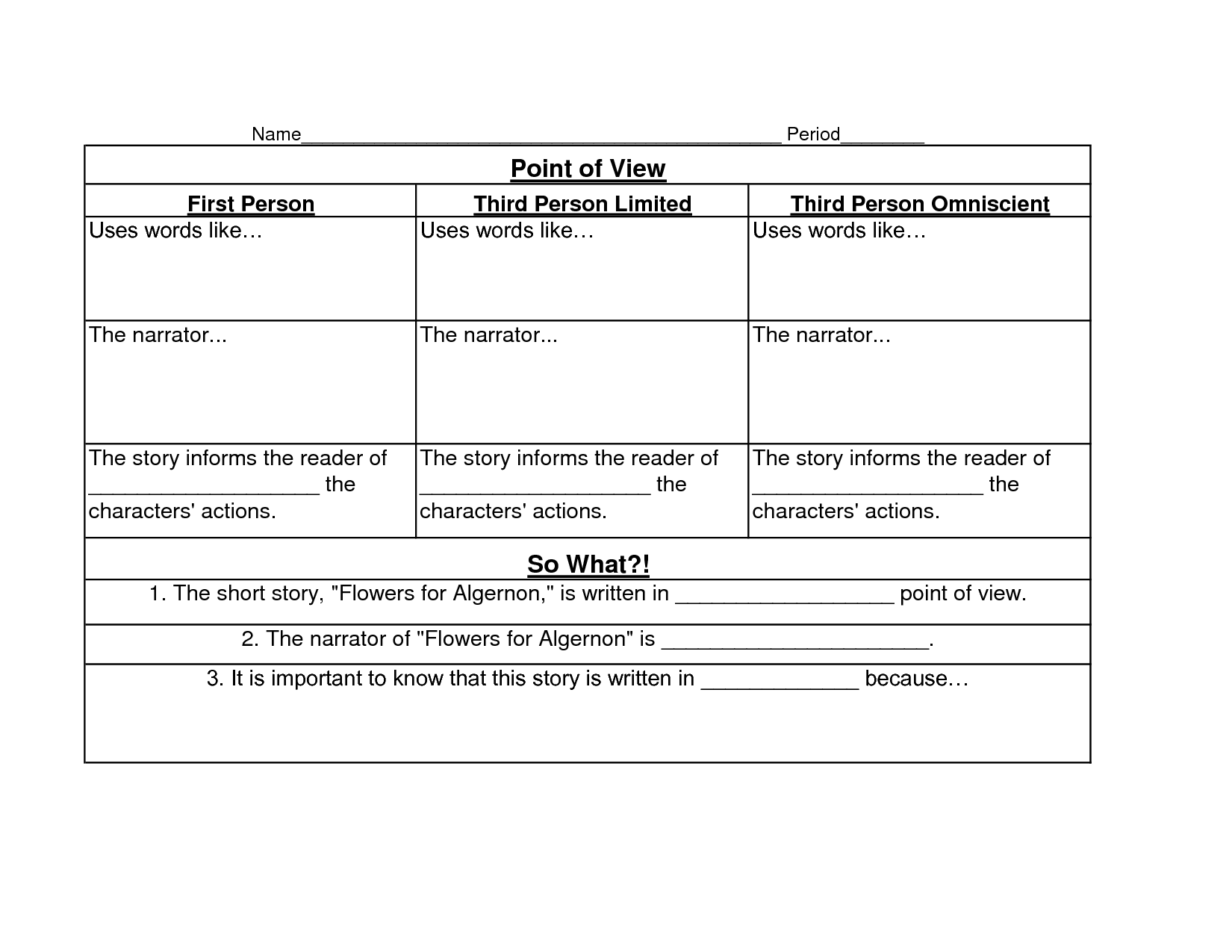














Comments